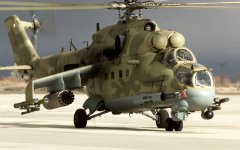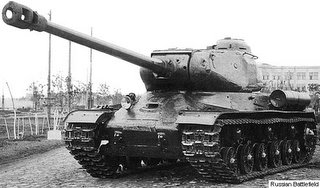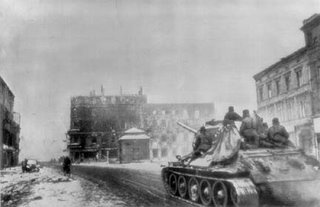This is coolbert:
We are all familiar with the term, "death due to hostile fire".
This is when a soldier engages in combat with the enemy and is killed.
Not rocket science. We are all aware that anyone in the military, at any time, may be asked to do something that will put them in mortal danger.
You may be told (ordered), to do something where there is a good possibility that you can get killed.
Only yesterday, I read that the U.S. had suffered it's 100th death in the Afghan campaign. This is the toll in dead over a period of slightly over two years now. What is amazing is that thirty (30) of those dead were to due to hostile action, and the remainder, seventy (70), are due to "other" reasons.
These are primarily accidents of some manner.
And this is because the profession of arms is inherently dangerous. Conducting military ops at night in rugged terrain, flying choppers close to the ground (nape-of the-earth (NOE)), operating around large tracked vehicles, all these mil ops have a great deal of danger built into them. You can get killed in training!! During the prelude to the first Gulf war, about fifty (50) GI's were killed during the intensive night time training that was conducted. And this was while "hostile fire" was not present. This constitued about half as many fatalities as happened during the four day ground offensive that followed!!
A perfect example of how you may be told (ordered) to do something that can be very hazardous to your health even in a non-combat situation is what happened after the Port Chicago disaster during WW2.
In 1944, two munitions ships exploded while being loaded at the then existing facility of Port Chicago, near San Francisco.
Created an explosion that resembled in force a tactical nuclear weapon. In the aftermath, black navy stevedores were ordered to enter the area and clean up the mess.
Well, the mess constitued of a lot of unexploded munitions just laying around. About forty (40) of the stevedores refused to enter the area.
Their reasoning was that the situation was too dangerous. Too much unexploded munitions and a cadre of officers unexperienced in dealing with such a situation.
Those forty stevedores were brought up on charges, convicted, and sent to the brig. Thurgood Marshall, later to become a Supreme Court justice, gained his first national prominence in defending the recalcitrant stevedores.
A lot has been said recently in the papers about the anthrax vaccine that has been administered to U.S. military personnel.
The side effects of this vaccine have been observed, at least in a small number of personnel, to be very pronounced.
A few persons receiving the vaccine have even died!!
To begin with, it should be remembered that military personnel, by law, cannot refuse medical care. This is to include innoculations of all sorts. If the doc says you have to get the shot, you have to get it! As simple as that.
All vaccines seem to have some sort of effect upon the recipient. May be not even noticeable or very minor in most people, or very severe in others. This is a risk taken whenever a vaccine is given.
During the mid-seventies, there was a scare in the medical profession that there would be a reoccurance of the Swine flu. The vaccine for this extremely virulent form of influenza was administered to millions of Americans, and about seventy five or so persons contracted a very rare disease from the vaccine!!??
For those that been in basic training say in mid-sixties, you can recall receiving a whole series of innoculations during reception station. About a company of troops (200) are crowded into a room perhaps adequate to hold about forty (40) troops at the most. The air temperature is about ninety degrees with matching humidity. Everyone is sweating profusely, the entire room smells of human perspiration! Two medics with their hands full of alcohol saturated cotton walk down the rows of arrayed GI's, wiping down the exposed arms of the hapless, anticipative soldiers. Following this advance guard is additional medics, firing innoculations from injection guns into your arms from either side, followed by other medics sticking you with needles for innoculations against smallpox, polio, yellow fever, etc. And you receive this all at once.
For normal, healthy, young adults, this is not a problem. Receiving so many innoculations at the same time will not overload the healthy body. Important to stress healthy body. A certain small percentage of persons will have a negative reaction to all this "medical care" and be in extreme stress. Some may even die!!This is the nature of medicine as practiced by the military.
To state it simply, just being in the military can be hazardous for your health. This should be appreciated by all from the start and never forgotten.
coolbert.






